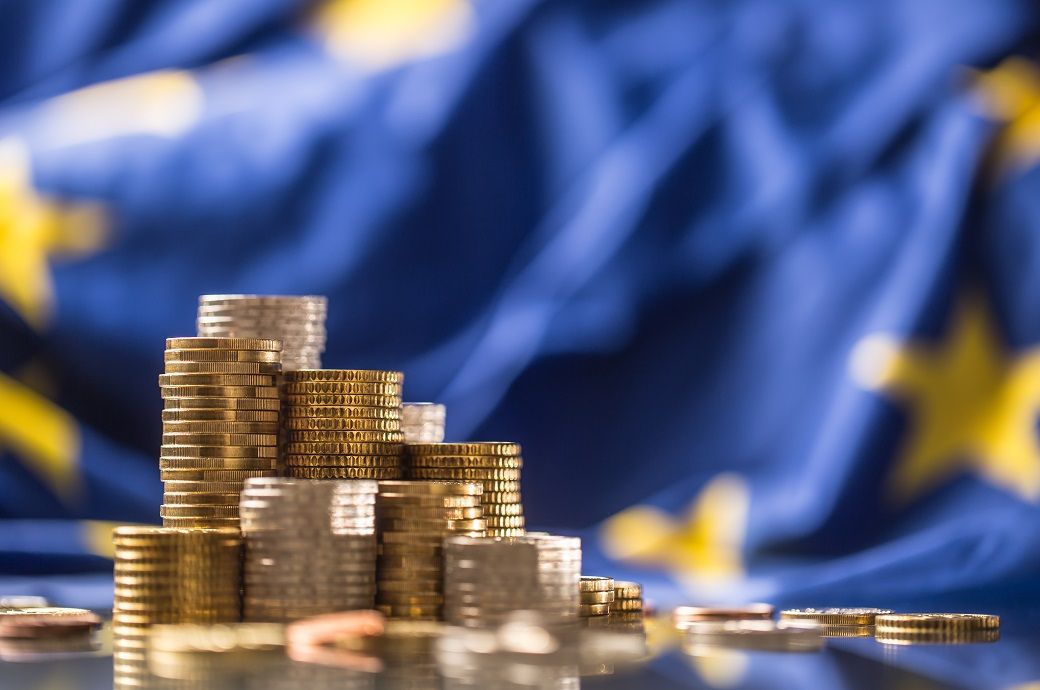
Growth is set to significantly contract at the turn of the year. Real gross domestic product (GDP) growth in the EU surprised on the upside in H1 2022, as consumers vigorously resumed spending, particularly on services, following the easing of COVID-19 containment measures.
The expansion continued in the third quarter, though at a considerably weaker pace.
The EU is among the most exposed advanced economies, due to its geographical proximity to the Ukraine-Russia war and heavy reliance on gas imports from Russia.
Amid elevated uncertainty, high energy price pressures, erosion of household purchasing power, a weaker external environment and tighter financing conditions are expected to tip the EU, the euro area and most member states into recession in the last quarter of the year, an official release said.
Still, the potent momentum from 2021 and strong growth in the first half of the year are set to lift real GDP growth in 2022 as a whole to 3.3 per cent in the EU (3.2 per cent in the euro area)—well above the 2.7 per cent projected in the Summer interim forecast.
As inflation keeps cutting into households' disposable incomes, the contraction of economic activity is set to continue in the first quarter of 2023. Growth is expected to return to Europe in spring, as inflation gradually relaxes its grip on the economy.
However, with powerful headwinds still holding back demand, economic activity is set to be subdued, with GDP growth reaching 0.3 per cent in 2023 as a whole in both the EU and the euro area.
By 2024, economic growth is forecast to progressively regain traction, averaging 1.6 per cent in the EU and 1.5 per cent in the euro area.
Fibre2Fashion News Desk (DS)